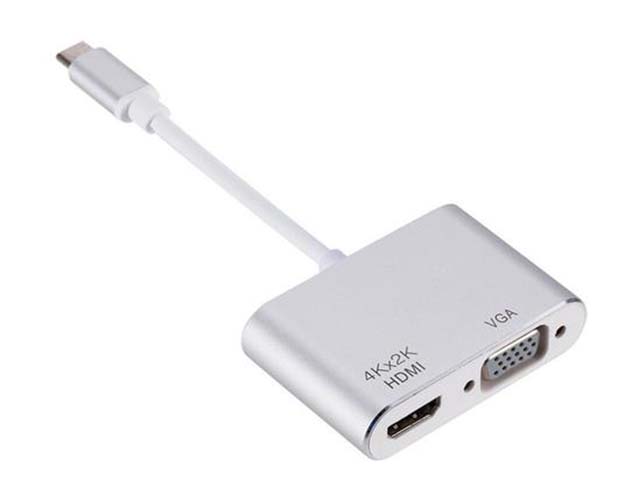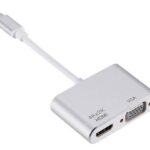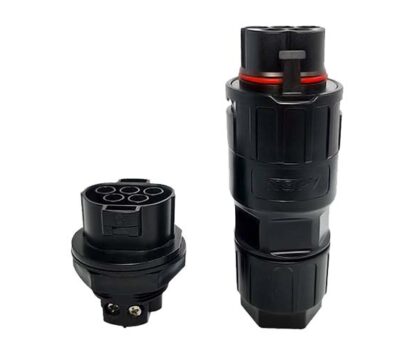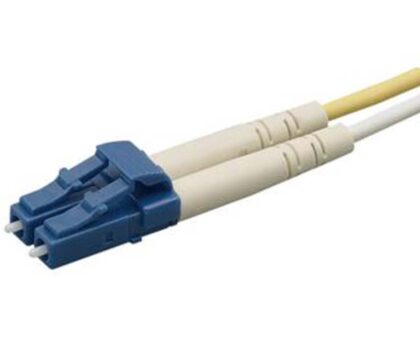As technology continues to advance, the world of USB connectors can be a confusing one. In this post, we’ll be taking a closer look at two popular types of USB connectors: USB C and USB 3.0.
History of USB C
USB C was first introduced in 2014, and has since become a popular choice for charging and transferring data. One of the key features of USB C is its reversible connector, which means that it can be plugged in either way without the need to fiddle with the orientation. This makes it much easier to use than its predecessor, USB A, which required a specific orientation for proper insertion.
In addition to its reversible connector, USB C is also known for its high data transfer speeds and ability to deliver power. It has become the go-to choice for many newer devices, including smartphones, laptops, and tablets.
History of USB 3.0
USB 3.0, also known as SuperSpeed USB, was first introduced in 2010. It was a significant improvement over the previous version, USB 2.0, with data transfer speeds that were up to 10 times faster.
Like USB C, USB 3.0 is also capable of delivering power, but it has a slightly lower maximum power delivery compared to USB C. Despite this, it remains a popular choice for many devices, especially those that were released before the widespread adoption of USB C.
Key Differences Between USB C and USB 3.0
While both USB C and USB 3.0 are used for data transfer and power delivery, there are a few key differences between the two.
Physical Appearance
One of the most obvious differences between USB C and USB 3.0 is their physical appearance. USB C connectors are smaller and more compact than USB 3.0 connectors, making them easier to use with devices that have limited space.
Data Transfer Speed
When it comes to data transfer speeds, both USB C and USB 3.0 offer fast speeds compared to older USB versions. However, USB C has the potential for even faster speeds, with a maximum data transfer rate of 10 Gbps. This is double the maximum data transfer rate of USB 3.0, which is 5 Gbps.
Power Delivery
In terms of power delivery, USB C is the clear winner. It has a maximum power delivery of 100 watts, making it capable of charging larger devices such as laptops. USB 3.0, on the other hand, has a maximum power delivery of only 4.5 watts, making it suitable for charging smaller devices like smartphones.
Compatibility with Devices and Cables
While both USB C and USB 3.0 are widely used and supported, there are some differences in compatibility.
USB C is quickly becoming the industry standard for charging and data transfer, and as such, it is more widely supported by newer devices. However, it is important to note that not all USB C cables are created equal, and some may not support the same data transfer speeds or power delivery as others.
On the other hand, USB 3.0 is more widely compatible with older devices, as it has been around for longer and was more widely adopted at the time of its release. However, it is worth noting that many newer devices may not include USB 3.0 ports, opting instead for the newer and faster USB C.
Advantages of USB C
Reversible connector: As mentioned earlier, one of the key advantages of USB C is its reversible connector, which makes it easier to use and eliminates the frustration of trying to insert the connector the right way.
- Fast data transfer speeds: With a maximum data transfer rate of 10 Gbps, USB C is capable of transferring data at lightning fast speeds. This makes it an ideal choice for transferring large files or backing up data.
- High power delivery: With a maximum power delivery of 100 watts, USB C is capable of charging larger devices such as laptops. This makes it a convenient choice for those who need to charge their devices on the go.
- Wide compatibility: While not all devices support USB C, it is quickly becoming the industry standard for charging and data transfer. As such, it is likely that more and more devices will include USB C ports in the future.
Advantages of USB 3.0
- Widely available and widely supported: As USB 3.0 has been around for longer and was more widely adopted at the time of its release, it is more widely available and supported by a wider range of devices.
- Fast data transfer speeds: With a maximum data transfer rate of 5 Gbps, USB 3.0 is capable of transferring data at fast speeds, making it a convenient choice for transferring large files or backing up data.
- Wide compatibility with devices and cables: As USB 3.0 has been around for longer, it is more widely compatible with a wider range of devices and cables. This makes it a convenient choice for those who need to connect to older devices or use older cables.
Conclusion
In conclusion, both USB C and USB 3.0 are excellent choices for charging and transferring data. While USB C has the advantage of faster data transfer speeds and higher power delivery, it may not be as widely compatible with older devices. On the other hand, USB 3.0 is more widely available and supported, but has slightly slower data transfer speeds and lower power delivery.
Ultimately, the choice between USB C and USB 3.0 will depend on your specific needs and the devices you are using. For those who need fast data transfer speeds and the ability to charge larger devices on the go, USB C is a great choice. For those who need wide compatibility with a wider range of devices and cables, USB 3.0 may be a better choice.




